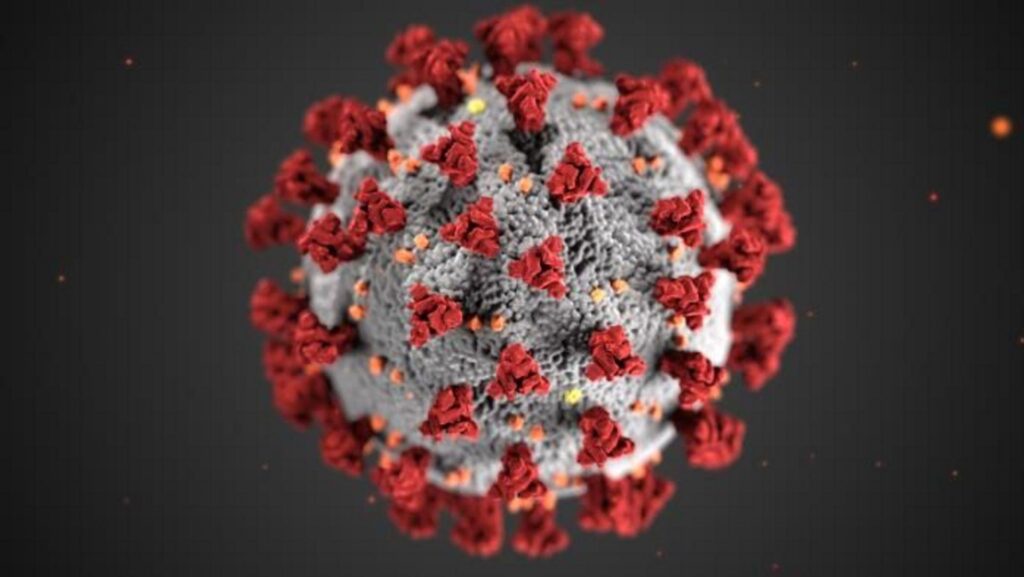Five Years Later: What We Know and Still Don’t Know About COVID-19
As we mark five years since the emergence of COVID-19, the world reflects on a pandemic that has reshaped societies, economies, and healthcare systems. With millions of lives lost and profound changes to daily life, researchers and public health officials have tirelessly examined this novel virus, seeking to understand its intricacies. While significant advancements in knowledge and treatment have been achieved, questions persist about the virus’s long-term effects, variants, and the ongoing implications for global health. In this article, we explore five key facts that enhance our understanding of COVID-19, alongside five critical mysteries that remain. As we continue to navigate this complex landscape, it is crucial to remain informed about both our progress and the uncertainties that lie ahead.
Key Developments in COVID Understanding Five Years On
As we mark five years since the emergence of COVID-19, the scientific community has made significant strides in understanding the virus, its transmission, and its effects on global health. Some of the key developments include:
- Vaccine Innovation: mRNA technology has revolutionized vaccine development, leading to the rapid creation and distribution of effective vaccines.
- Variants Monitoring: Continuous surveillance of variants, such as Delta and Omicron, has highlighted the virus’s adaptability and raised concerns about vaccine efficacy.
- Long COVID Research: Studies have increasingly focused on the long-term effects of COVID-19, shedding light on symptoms that persist months after infection.
- Effective Treatment Options: The development of antiviral medications, like Paxlovid, has provided new avenues for treating COVID-19.
- Global Health Policies: Nations have implemented various public health strategies, highlighting the importance of international cooperation in managing pandemics.
Despite the progress, several questions remain unanswered, which continue to challenge researchers and public health officials alike. Among these uncertainties are:
- Immunity Duration: How long does immunity last after vaccination or infection, and how often will booster shots be necessary?
- Transmission Mechanisms: Where and how does transmission occur most effectively, particularly in high-density environments?
- Long COVID Links: What are the underlying causes of long COVID, and why do some individuals experience prolonged symptoms while others don’t?
- Impact of Future Variants: How might emerging variants affect the course of the pandemic and the effectiveness of existing vaccines?
- Global Vaccine Equity: What strategies can be implemented to ensure equitable vaccine distribution worldwide, especially in low-income regions?
Unanswered Questions That Still Challenge Public Health Experts
Despite extensive research and efforts to control the pandemic, numerous unresolved questions continue to perplex public health authorities. One major area of concern is the long-term effects of COVID-19, often referred to as “long COVID.” Experts are still trying to understand why some individuals experience lingering symptoms, what triggers these reactions, and how best to treat them. Additionally, the effectiveness of vaccines against emerging variants remains a point of contention, with researchers seeking clarity on how frequently boosters are necessary and if current vaccines will adapt adequately to future mutations.
Another area of uncertainty revolves around the virus’s origin. As investigations both in labs and in wildlife continue, health officials still grapple with the actual circumstances surrounding COVID-19’s first outbreak. Understanding transmission dynamics in asymptomatic individuals also poses significant challenges, complicating efforts to manage future outbreaks. Furthermore, disparities in healthcare access and vaccination rates across different demographics raise questions about how these inequities may influence the overall public health response moving forward, necessitating a comprehensive approach to address systemic barriers.
Recommendations for Individuals as the Pandemic Landscape Evolves
As the pandemic landscape continues to evolve, it’s crucial for individuals to stay well-informed and proactive. Emphasizing personal health and safety measures can significantly impact community resilience. Individuals should consider the following practices:
- Stay updated: Regularly check trusted health sources for the latest information on COVID-19 variants and community transmission rates.
- Vaccination: Ensure you and your family are up-to-date with vaccinations and boosters as recommended by health authorities.
- Mental health: Acknowledge the psychological toll of the pandemic—engage in activities that promote mental well-being, such as mindfulness or connecting with loved ones.
- Support your community: Participate in local health initiatives or volunteer to assist those in need, fostering a spirit of togetherness and solidarity.
- Practice flexibility: Be prepared to adapt plans based on changing public health guidelines; maintain a balance between societal engagement and personal safety.
Additionally, creating a structured approach to personal health management can be beneficial. Individuals can consider organizing health information and tracking personal health data. A simple yet effective table could look like this:
| Health Aspect | Action Item | Frequency |
|---|---|---|
| Vaccine Status | Check eligibility for boosters | Every 3-6 months |
| Health Symptoms | Self-monitor for COVID-like symptoms | Daily |
| Mental Wellness | Engage in mindfulness activities | Weekly |
| Community Engagement | Participate in local health forums | Monthly |
Closing Remarks
As we reflect on the five years since COVID-19 first made its appearance, the ongoing journey through this unprecedented pandemic continues to present a mix of clarity and uncertainty. While we have made significant strides in our understanding of the virus, its long-term implications remain shrouded in mystery. The five key areas we’ve explored underscore both the advances in science and the pressing questions that linger in the minds of public health officials and the general populace alike.
As we navigate the evolving landscape of COVID-19, it is crucial to remain vigilant and informed. Continued research and public dialogue will be essential in addressing the unknowns that still challenge our society. The lessons learned over these five years will undoubtedly shape the future of public health and our collective response to emerging infectious diseases. Stay tuned to NBC 5 Dallas-Fort Worth for the latest updates and insights as we move forward in this ever-changing reality.
